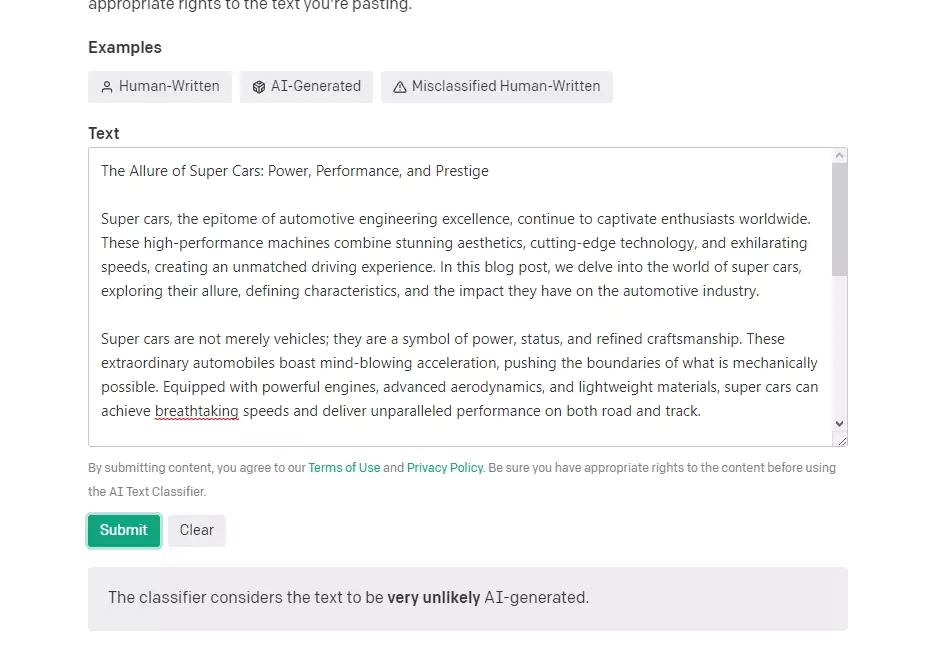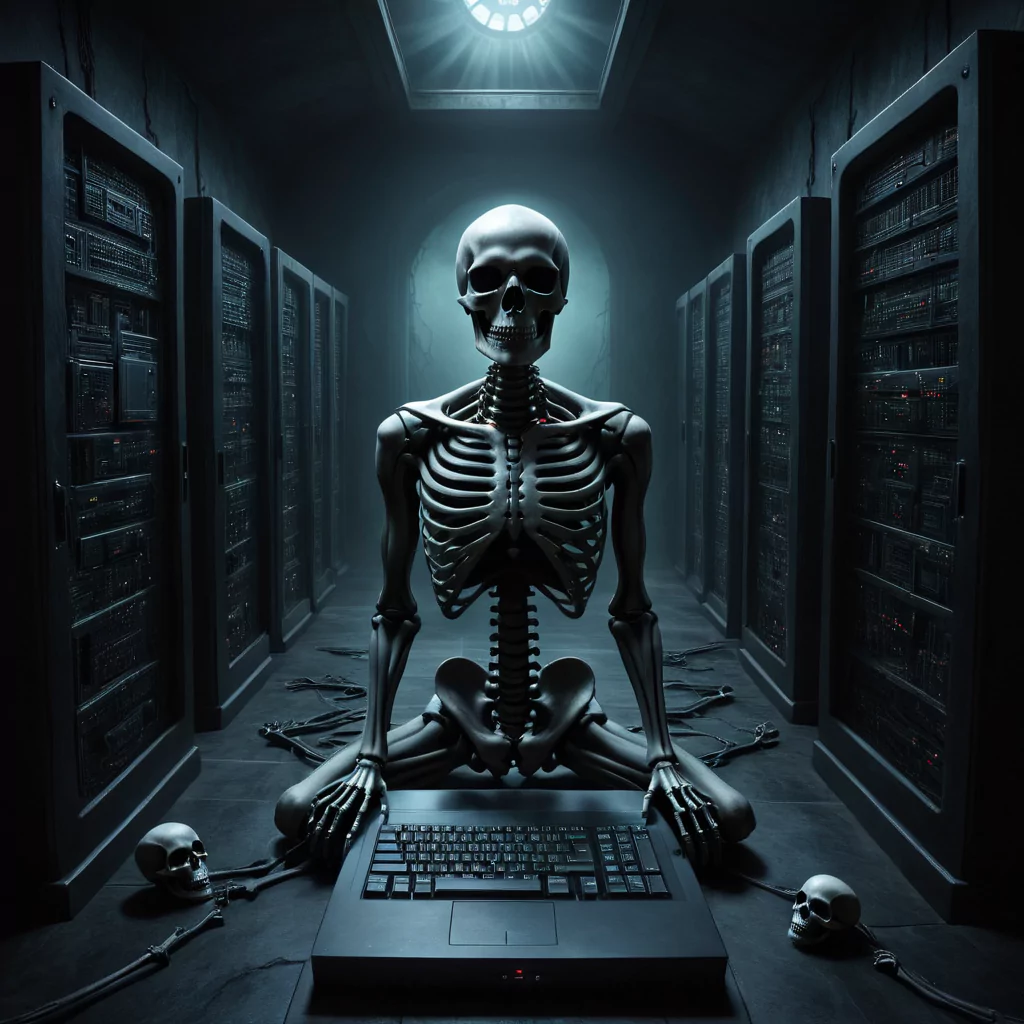Say Farwell To OpenAI’s Text Detector
It wasn’t very good at detecting it’s own Content

OpenAI, the mastermind behind the famous ChatGPT app, has made a tough call. They decided to bid farewell to their AI text detector, a tool designed to help users tell if a piece of text was written by a human or an AI model. Unfortunately, the tool’s accuracy wasn’t up to the mark, leading to confusion and frustration among users.
Due to the complexity prompt engineers can work under. It is becoming harder and harder to detect AI written content. Strange how a program created by Open AI was unable to detect chat GPT written content. Ultimately this would lead to it’s downfall.
What Was the AI Text Detector and How Did It Work?
The AI text detector was an experimental tool launched by OpenAI in January 2023, to address concerns about AI-generated text misuse. It relied on a massive language model, drawing data from various sources. Users could paste any text into it and get a prediction on whether it was human or AI-written.
The tool offered probabilities from “very likely” to “unclear” to “likely,” accompanied by explanations. OpenAI intended it as a guide rather than a definitive answer, acknowledging its limitations.

Why Did the AI Text Detector Fall Short?
The AI text detector faced some serious challenges, leading to its downfall:
- Low Accuracy: The tool struggled to correctly classify texts. It only got 26 percent of AI-written texts right, and 9 percent of human-written texts were wrongly labeled as AI-generated. The high false positive and negative rates confused users.
- High Variability: The tool’s predictions varied widely based on text type and complexity. It performed poorly on edited texts or those with uncommon words/phrases. New or different domain texts were a struggle. Moreover, it often showed unwarranted confidence in wrong predictions.
- Ethical Concerns: The tool raised ethical issues regarding privacy, consent, manipulation, exploitation, and deception. Users’ data might be mishandled, and authors’ rights disregarded. Some could misuse the tool for cheating, plagiarism, or fraud.
What Are the Alternatives to the Open AI Text Detector?
While OpenAI is working on better detection techniques, there are alternatives worth considering:
- Turnitin: An academic integrity service, Turnitin, now offers an AI writing detector feature using GPT-3 to spot potential AI-generated content.
- GPTZero: An open-source project, GPTZero, aims to create a zero-shot classifier for detecting GPT-generated texts, using GPT-3 itself.
- AI Content Detector: This is by far the best choice by far. This is by content at scale and we highly recommend you test it out yourself. It’s free to use.
If you want a more comprehensive comparison why not check out our recommendations for the top AI content detectors.

Conclusion
OpenAI’s AI text detector might have had good intentions, but it couldn’t live up to expectations. Its inaccuracy and confusion led to its retirement. Let’s face it it was very poor at detecting content created with Chat GPT. Considering Open AI created both, you would think they would know what they were doing. Apparently not.
OpenAI is committed to finding better ways to detect AI-generated content, we look forward to seeing if these new methods are better or worse.
For users still seeking AI text detectors, the mentioned alternatives above are available. However, keep in mind their limitations and challenges. The future of AI-generated content detection remains a work in progress!


























